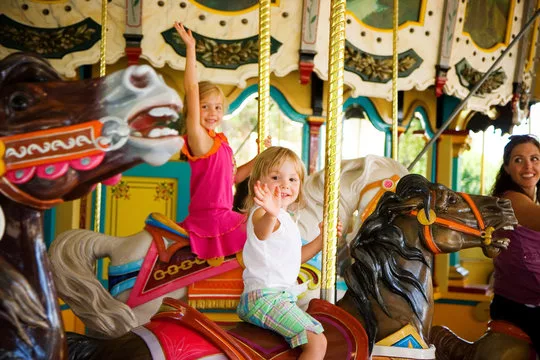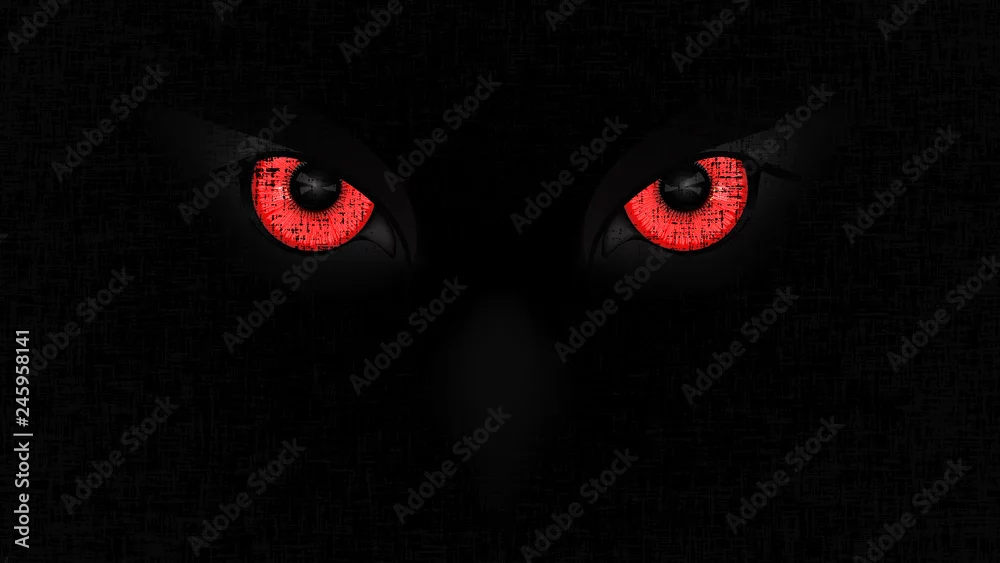Genesis 1:26-28 Then God said, “Let us make man in our image, after our likeness. And let them have dominion over the fish of the sea and over the birds of the heavens and over the livestock and over all the earth and over every creeping thing that creeps on the earth.” So God created man in his own image, in the image of God he created him; male and female he created them. And God blessed them. And God said to them, “Be fruitful and multiply and fill the earth and subdue it, and have dominion over the fish of the sea and over the birds of the heavens and over every living thing that moves on the earth.”
At The Informer we recognize the responsibility of every member of our culture to properly, morally and calorically educate our children.
This is why we are offering up an alternate set of recommendations for Chance Rides of Wichita, maker of the horses, piggies and other animals you’ve seen on carnival Merry-Go-Rounds for 50 years, which earlier this month was accosted by People For The Ethical Treatment of Animals founder Ingrid Newkirk for making animal figurines the kids could actually ride on a merry-go-round.
It’s the kind of letter you would expect from PETA – short on context but long on irrelevant gore, with horror stories of the way camels are treated in Asia, for example. Kids shouldn’t be taught that animals are a means of conveyance, Ingrid proclaims, suggesting instead that the company focus on choo choo trains and spaceships and cars or even “whimsical designs” like shooting stars – carbon footprint or planetary collision concerns apparently be dammed.

We asked Chance management if they’d consider a response to PETA suggesting a new product design in which the animals actually ride the kids (full disclosure: I think I saw that on an episode of Rod Serling’s Night Gallery when I was about 9; or I may actually have dreamed it up myself, which is even more unsettling than knowing my parents let their 9 year-old watch Night Gallery. Anyways…). No response yet from the concept R&D division of the company.
But ever yearning for a meaty challenge, the gears began to churn at the vaunted Informer think tank searching for a solution. We’d have to break a lot of eggs to come up with the best omlette here, because though there are many ways to skin a cat, only one idea can be Grade A Prime Cut.
In order to represent a more realistic view of animals, carousels could focus not simply on using them for means of conveyance, like riding the horse or the bunny rabbit. Seated rides could be crafted around themes like animals hunting each other in the wild. We could have a cheetah downing a gazelle for instance, with seating for the kids back by the two cheetah cubs, smiling at the prospect that at least today, they won’t be subject to starvation and disease. How about a Native American Buffalo Hunt – with seating on the massive skull & horns looking over the busy rendering work at hand – with not even the bones or teeth being wasted?
A second station on the carousel could be a farmer harvesting chickens for McNuggets (or, since we have no real confirmation on the actual composition of a McNugget, maybe a Chicken Tender). My aunt used to use an old telephone poll laying on the ground in her barnyard as a chopping block, and with a little added gearing, headless birds could be configured to scurry around a track built into the floor of the carousel illustrating the old term – because, indeed, they really do.
The farm-to-table carousel wouldn’t be complete without a home or restaurant dining section, where kids sit at tables with color-coded dishes prepared from the various seating sections around the rest of the structure to illustrate just what animal gives you what food. Dad’s nice thick ribeye would be color-coded to the steer Johnny was riding; a bucket of KFC could tie in to the orbiting chickens; maybe a pioneer Thanksgiving depiction with a turkey on a spit and the musket that put him on the table leaned up against the stone fireplace.
Afterall, kids listen to yaks like Newkirk or Tik-Tok these days with no first-hand or even second-hand experience in where their food comes from – how do we expect them to have any gumption about it. Humans bested other primates on the evolutionary ladder for several reasons, one being they began to coordinate as groups when they started teaching themselves to hunt live game. Organization, planning, goal setting, motivation, resource allocation, practiced execution – those prehistoric hunts were just like Tony Robbins seminars without all the loud volume and grown men crying.

Teamwork is vitally important for a species – or at least it was until PETA founder Newkirk and her kooky mob watched “Bambi” for the first time. How can you kill and eat something with great big brown school girl eyes that sings a song about friendship. Thanks, Walt Disney.
Figure out with your buddies how to bring down a mastodon and you’re only 10,000 years or so from launching a space shuttle or curing polio. Hunting for meat built bigger brains, and bigger brains win the genetic lottery.
I’ve lived in the Midwest all my life, and I’ve never seen a farmer or animal owner abuse animals. Not once. Doesn’t mean it doesn’t happen, but its rare. Quite the opposite is far more common. People with souls don’t abuse animals. But we will use them as we see fit to make our lives better through science, labor and entertainment. And many times will kill them and eat them, all as God provided.
Not that logic and reality are going to have much impact on PETA. Newkirk’s other obsession with prioritizing the trans movement over the rest of us breeders is proof of that.
For the Chance company, we’ll continue to put our kids and grandkids on the big fiberglass skunk on the carnival carousel – if we can actually find a carnival somewhere. For now, this whole discussion has made my stomach growl.
Dane Hicks is a graduate of the University of Missouri School of Journalism and the United States Marine Corps Officer Candidate School at Quantico, VA. He is the author of novels "The Skinning Tree" and "A Whisper For Help." As publisher of the Anderson County Review in Garnett, KS., he is a recipient of the Kansas Press Association's Boyd Community Service Award as well as more than 60 awards for excellence in news, editorial and photography.





